Mitsubishi Heavy Industries Exhibits the QZS-3 Launch Vehicle
Mitsubishi Heavy Industries, Ltd. (MHI) exhibited to members of the press the H-IIA Launch Vehicle No. 35, which will be used to launch the third Quasi-Zenith Satellite (QZS-3), on June 27 at the Tobishima Plant in Tobishima Village, Ama District, Aichi Prefecture. The exhibition included the first- and second-stage frames (core frame), excluding the payload fairing (the nose cone that protects the satellite) and solid rocket boosters (SRB-As) installed on the outside of the first-stage frame.
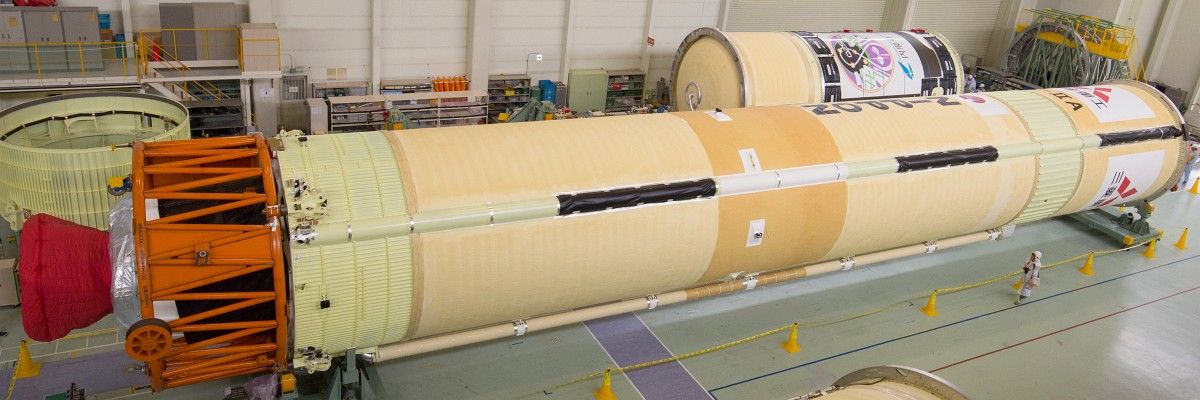
H-IIA Launch Vehicle No. 35 core frame
Equipped with four SRB-As
Before the exhibition, Mr. Koki Nimura (fellow, senior chief engineer, Integrated Defense & Space Systems, MHI), who is in charge of the H-IIA and H-IIB launches, gave an overview of the launch plan.
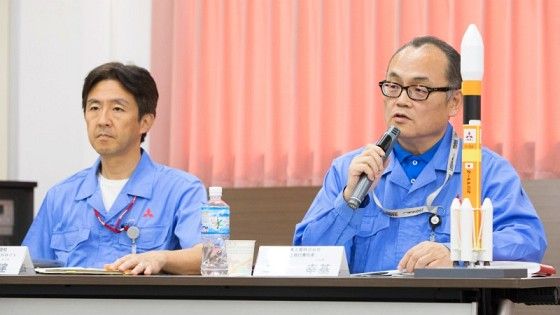
Mr. Tatsuru Tokunaga, H-IIA and H-IIB Launch Vehicle Project manager, Space Business Department, Integrated Defense & Space Systems Domain, MHI (left) and Mr. Koki Nimura (right)
The H-IIA Launch Vehicle No. 35 frame configuration is a H2A204 launch vehicle utilizing four SRB-As. The H-IIA Launch Vehicle No. 34 used in the QZS-2 launch on June 1 had two SRB-As, but this number has been increased to four for improved launch performance. This is because QZS-3 has a launch mass of 4,700 kilograms, around 700 kilograms more than QZS-2 at 4,000 kilograms.
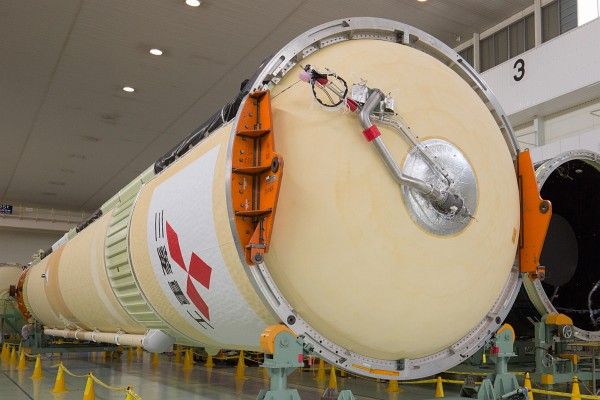
First-stage frame
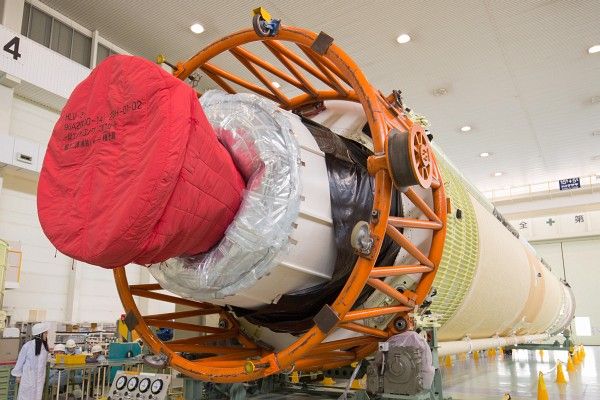
First-stage main engine
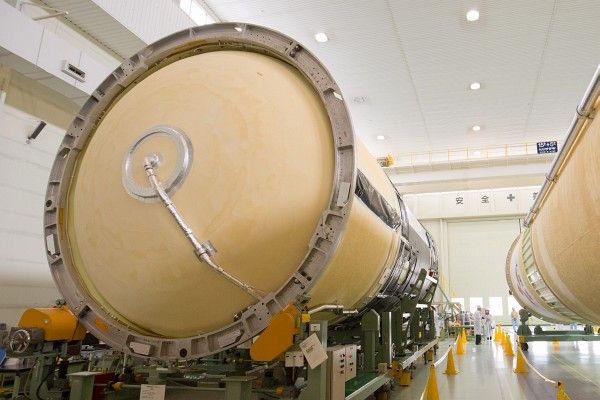
Second-stage frame
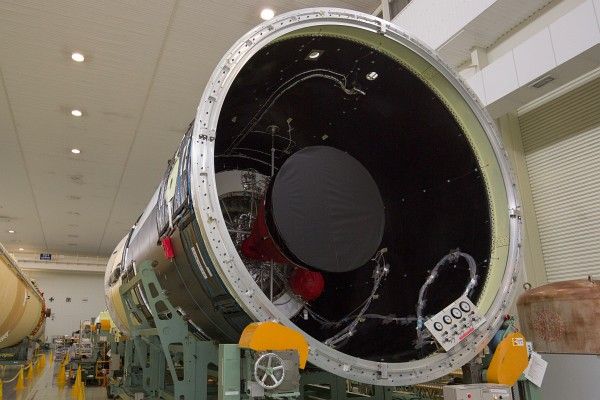
Second-stage engine
The fairing, which contains the satellite, is a single-launch type for one satellite. QZS-2 had a 4S-model fairing with a diameter of four meters, while QZS-3 has a 5S-model fairing with a diameter of five meters. Unlike QZS-2 and QZS-4, QZS-3 is equipped with message communication antennas and has a depth exceeding four meters, which is why the larger 5S model was adopted. This is the first time a 5S-model fairing has been used in roughly 11 years, since the H-IIA Launch Vehicle No. 11 was launched in December 2006.
QZS-3 has a control unit (EAC2) to operate the electric actuator that pilots the second-stage engine. Its two control operation modules have been integrated into a single module to cut costs. At the time of the launch, the rocket will have a total length of 53 meters, 12 meters of which is the payload fairing and 15 meters of which is the SRB-As.
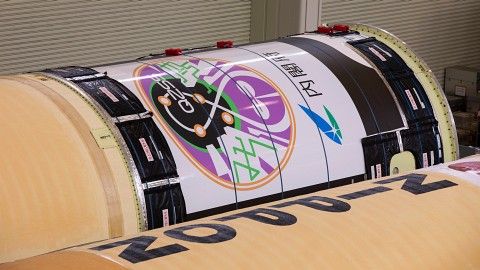
Interstage section (second-stage lower section) with the QZS launch logo
Launch planned for August 11
Functional tests have been completed for the core frame, which will be shipped via sea and land from the Tobishima Plant to the Japan Aerospace Exploration Agency’s (JAXA) Tanegashima Space Center, the launch site. Mr. Nimura described his enthusiasm about the launch, saying, “We cannot rest until the final confirmation is completed at the launch site. Right now, I want to fully and perfectly execute all of our tasks with precision.”
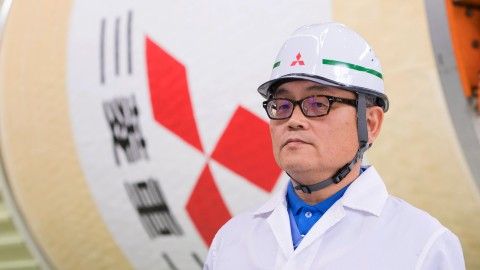
Mr. Nimura of MHI
The SRB-As have already been fueled at the launch site and will be installed after the core frame is stood up in the Vehicle Assembly Building (VAB). The launch is scheduled for around 2:00 p.m. to 11:00 p.m. (Japan Standard Time) on August 11. According to the launch plan, the launch vehicle will fly over the Pacific Ocean and QZS-3 will be separated roughly 28 minutes and 40 seconds later on a geostationary transfer orbit with an altitude of perigee of 380 kilometers, altitude of apogee of 35,976 kilometers, and inclination of 20 degrees (after, the satellite’s internal small rocket engine will propel QZS-3 onto its prescribed geostationary orbit [GEO]).
-
 Dec.15,2021
Dec.15,20215th EU-Japan Public and Private GNSS Roundtable 2021
-
 Sep.17,2021
Sep.17,2021RPD Challenge 2020, a QZSS hackathon organized by the Cabinet Office, MGA, and GISTDA
-
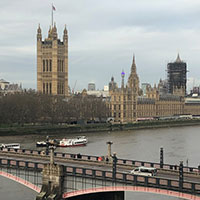 Mar.05,2020
Mar.05,2020[Report] Deliberations on QZSS at the 7th Session of the IMO's NCSR
-
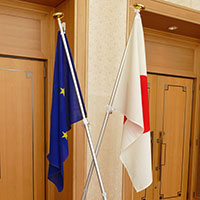 Apr.15,2019
Apr.15,20194th EU-Japan Public and Private GNSS Roundtable Meeting by the Cabinet Office and the European Commission
-
 May.04,2017
May.04,2017EU-Japan GNSS Mission (Day 2)
-
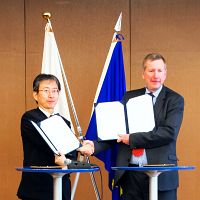 May.03,2017
May.03,2017Signing of a Cooperation Arrangement on Satellite Positioning Application
-
 May.02,2017
May.02,2017EU-Japan GNSS Mission (Day 1)
-

Information about events related to QZSS
-
 Sep.12,2017
Sep.12,2017Mitsubishi Heavy Industries Exhibited the first and second stages of QZS-4 Launch Vehicle
-
 Aug.18,2017
Aug.18,2017Exhibition of the QZS-4
-
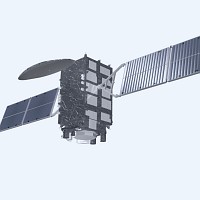 Aug.17,2017
Aug.17,2017Live Broadcast of the QZS-3 Launch
-
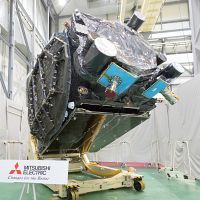 Jun.16,2017
Jun.16,2017Exhibition of the QZS-3
-
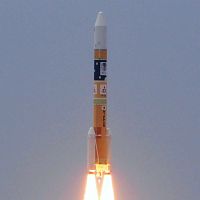 Jun.01,2017
Jun.01,2017Successful Launch of QZS-2
-
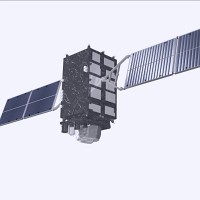 May.30,2017
May.30,2017Live Broadcast of the QZS-2 Launch
-
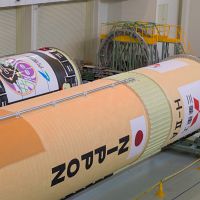 Apr.25,2017
Apr.25,2017Mitsubishi Heavy Industries Exhibits the QZS-2 Launch Vehicle Core Frame
-
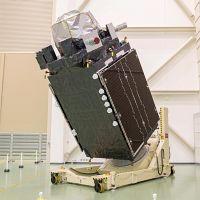 Apr.07,2017
Apr.07,2017Exhibition of the QZS-2


